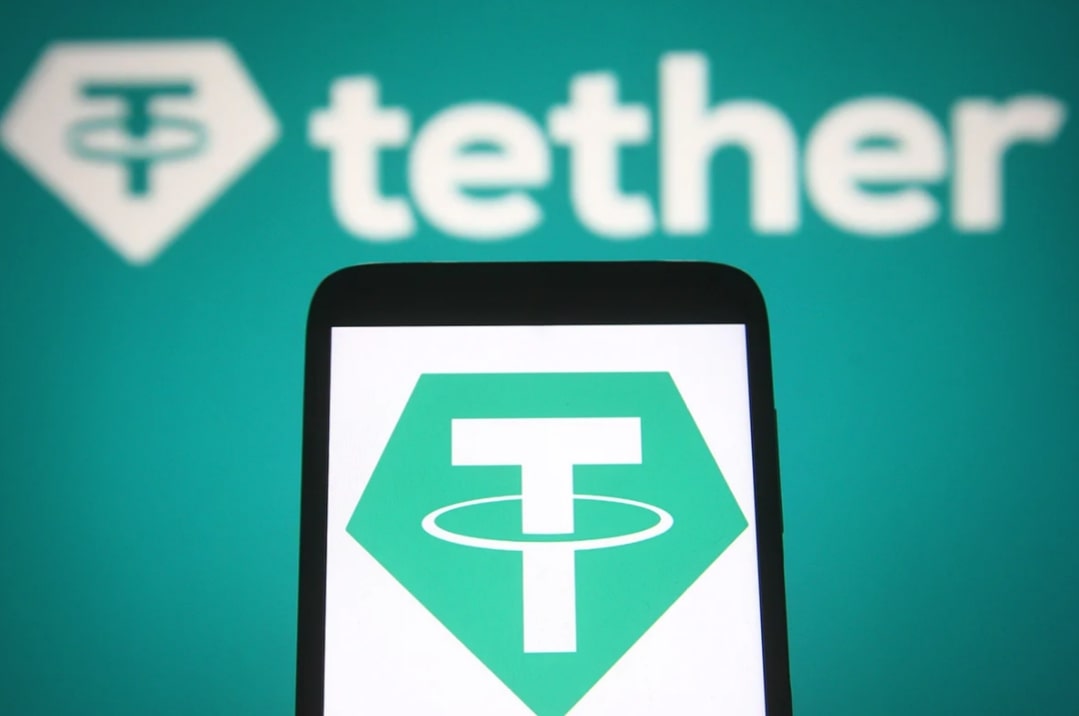$110B Shock: Tether Cuts Off Five Major Blockchains in Unexpected Strategic Shift

Key Takeaways:
- Tether to end $USDT support on 5 blockchains: Omni, Bitcoin Cash SLP, Kusama, EOS, and Algorand will be phased out by September 1, 2025.
- Strategic shift to modern networks: The company is redirecting resources toward scalable, developer-active ecosystems and Layer 2s like Lightning.
- Users must act now: USDT holders on affected chains are urged to redeem or migrate their tokens before the freeze deadline.
Tether, the world’s most influential stablecoin issuer, has launched a massive upgrade to its infrastructure which is expected to change the way that $USDT will circulate across the crypto ecosystem. The company announced it is planning to cease support for five old-school blockchains – Omni, Bitcoin Cash SLP, Kusama, EOS, and Algorand – as of September 1, 2025. This is an aggressive shift to more efficient, high demand, and technically advancing networks.
Here’s what to know about this seismic change, what it means for cryptocurrency users and what lies ahead for the stablecoin superpower.
Read More: Tether Invests in Crystal Intelligence to Combat Illicit Crypto Activity

Legacy Chains Dropped: A Strategic Infrastructure Reset
Tether made the announcement as part of an ongoing review of its infrastructure and said it had seen significant decreases in the volume of transactions and in community interest on the five blockchains in question. All redemptions, and token activity on these networks will cease in time for the September cut-off date.
Affected Chains:
- Omni Layer
- Bitcoin Cash SLP (Simple Ledger Protocol)
- Kusama (KSM)
- EOS
- Algorand (ALGO)
Paolo Ardoino, CEO of Tether, explained the decision in a company statement:
“Sunsetting support for these legacy chains allows us to focus on platforms that offer greater scalability, developer activity, and community engagement, all key components for driving the next wave of stablecoin adoption.”
The move is not just about deprecation. It’s a deliberate reallocation of technical and operational resources toward newer blockchains and Layer 2 ecosystems, where real usage and developer traction are rising.
What Should Users Do Before September 1?
Urgent Action Required for USDT Holders
Tether has advised all affected users whether retail holders or institutional clients to take immediate action. Depending on your status, you’ll have two options:
- Official Customers: Redeem existing USDT on the five chains directly through Tether or request issuance on a currently supported network like Ethereum, Tron, or Solana.
- Non-Customers: Use a third-party service provider that supports migration from these blockchains. Each provider’s policy and terms will apply.
If holders fail to migrate before the deadline, remaining tokens on these chains will be frozen, rendering them non-transferable and non-redeemable.
Tether emphasized that all redemptions must comply with its Terms of Service.

Why Tether Is Moving On from These Chains
Usage Decline and Market Realignment
Omni, SLP and EOS were key to Tether’s early expansion, but that has not been the case in years. As data from market analytics firms like Messari and Santiment displays:
- There has been over a 95% decrease in USDT supply on Omni since 2021
- EOS and Algorand USDT wallets had less than 1% rolling activity per month in 2024 – 2025
- Developer contributions to SLP and Omni repositories have stagnated or ceased entirely
This lack of growth and engagement made these networks cost-inefficient for continued support. Instead of maintaining fragmented infrastructure, Tether is streamlining to focus on chains with proven utility and developer momentum.
Read More: Tether Partners with Zanzibar to Promote Stablecoin Adoption and Blockchain Training
Layer 2s and Emerging Chains in the Spotlight
Tether is not just reducing, it’s repositioning.
The company is ramping up support for:
- Bitcoin’s Lightning Network
- Solana
- Ethereum Layer 2s (e.g., Arbitrum, Optimism)
- DeFi-focused blockchains like Avalanche, Polygon, and Near
These also have lower fees, better throughput and are more actively developed – all of which are closely in line with Tether’s plans to have USDT used across DeFi, micro-payments and cross-border transactions.
Tether has also made a strong commitment to infrastructure that offers the advantages of ultra-high-speed transaction processing and seamless access to financial products.
Analysts Weigh in: A Necessary but Risky Call?
This move is not universally viewed as a purely positive one.
Kevin Mehrabi, founder of StableTech, noted:
“While the shift away from underused chains is sensible, there’s a risk in how users, especially those unaware or slow to act, will be affected by the freeze. It’s a trade-off between long-term efficiency and short-term confusion.”
Others have questioned whether sunsetting tokens on public ledgers, even for inactive chains, could raise concerns about centralization. But Tether maintains that smart contract freezes are part of responsible supply management and user protection.
What This Means for the Stablecoin Race
Tether’s latest move reinforces its commitment to dominance through agility. With over $110 billion in circulating USDT as of July 2025, the firm controls more than 60% of the stablecoin market. Yet, competition is mounting.
- Circle’s USDC continues to expand on Ethereum Layer 2s
- MakerDAO’s DAI is becoming more composable through multi-chain vaults
- New entrants like Ethena’s USDe and GHO by Aave are innovating on yield and protocol-native backing
By shedding technical baggage, Tether is preparing for faster deployment of features like real-time payment rails, automated remittances, and AI-backed financial infrastructure, all areas mentioned in recent investor briefings.
The post $110B Shock: Tether Cuts Off Five Major Blockchains in Unexpected Strategic Shift appeared first on CryptoNinjas.
